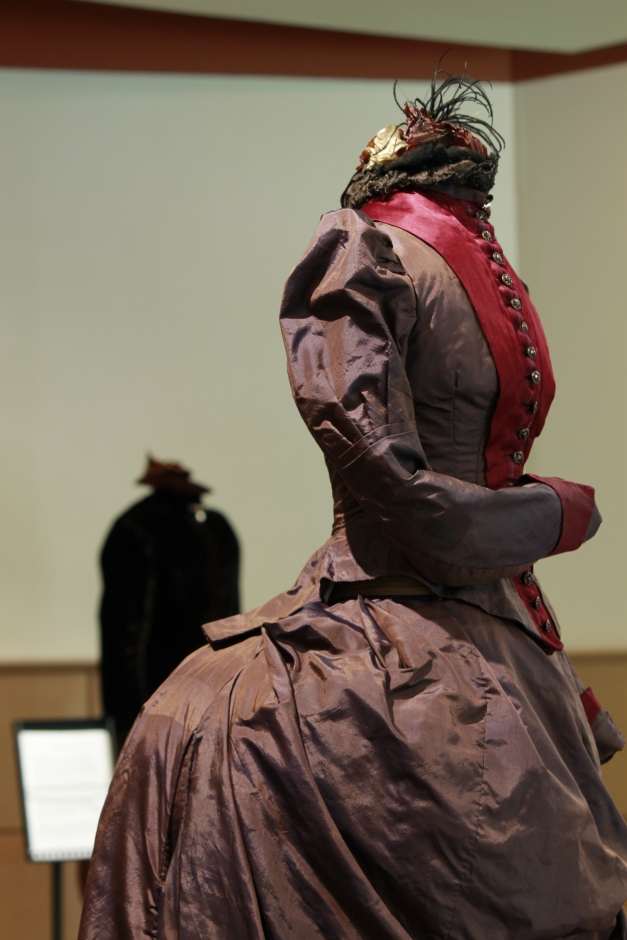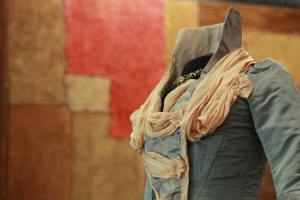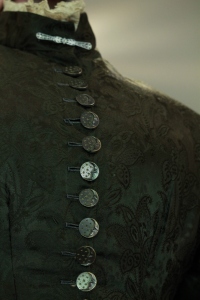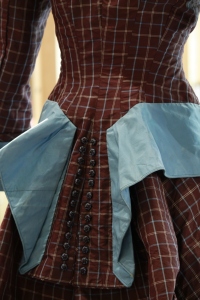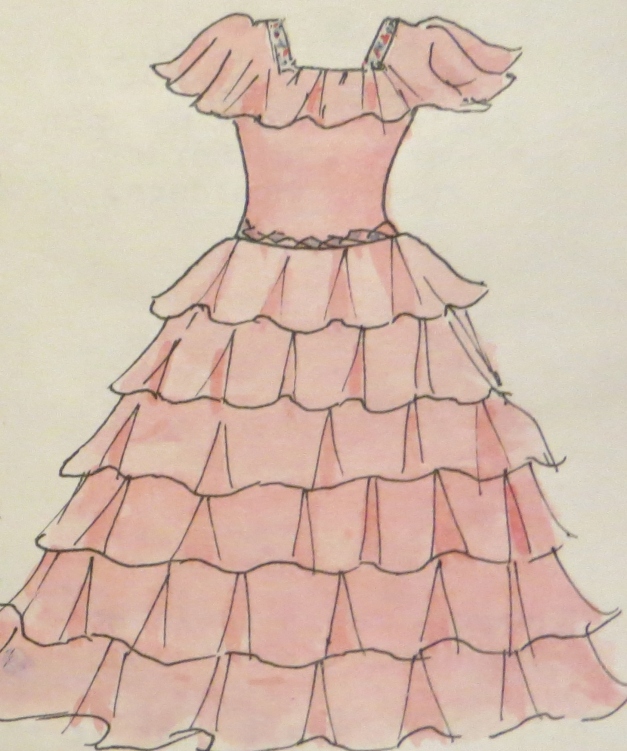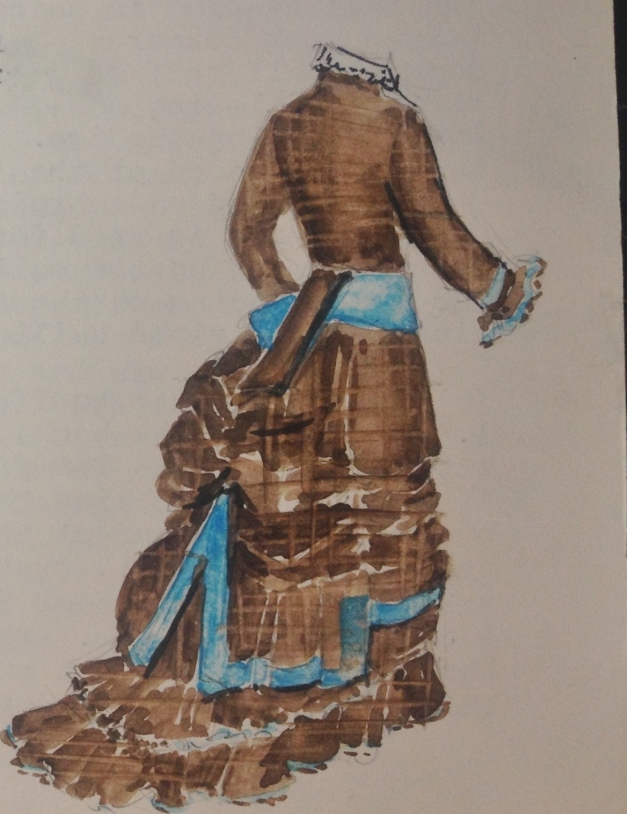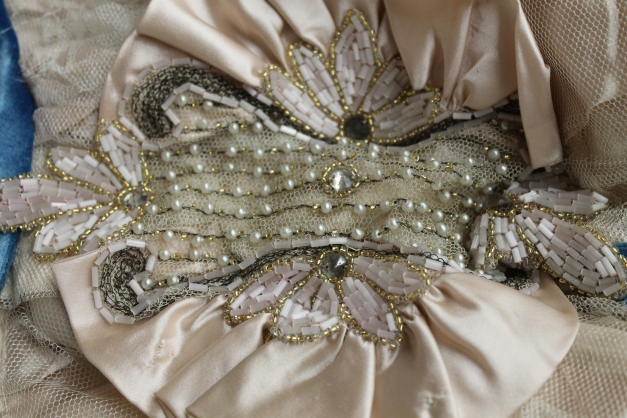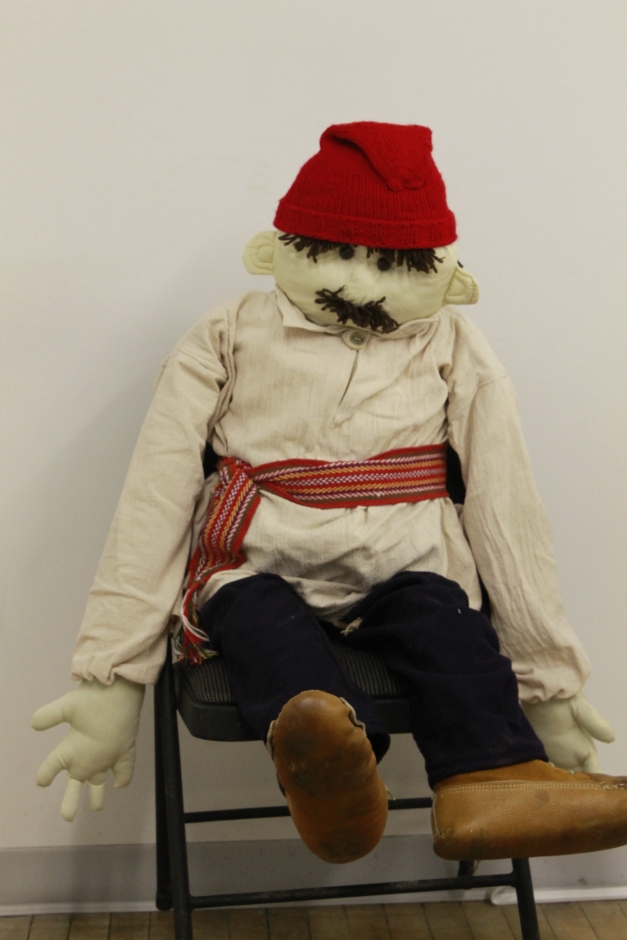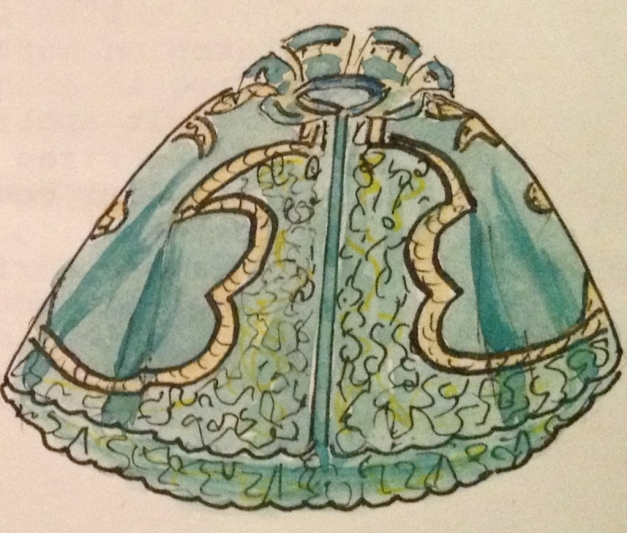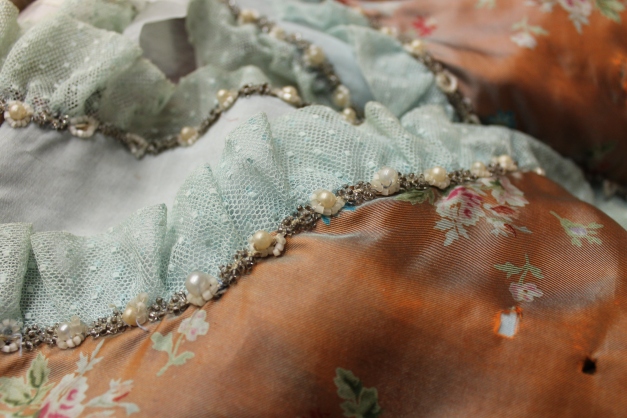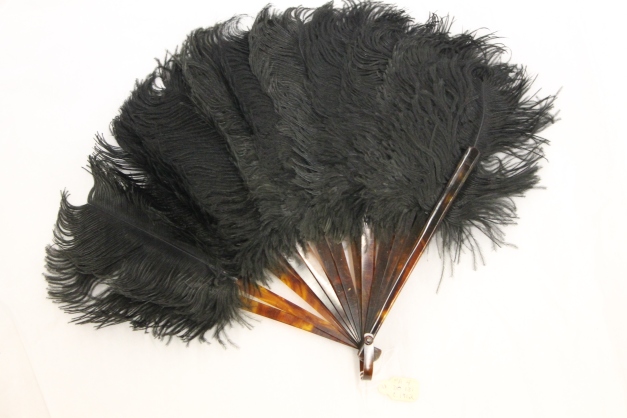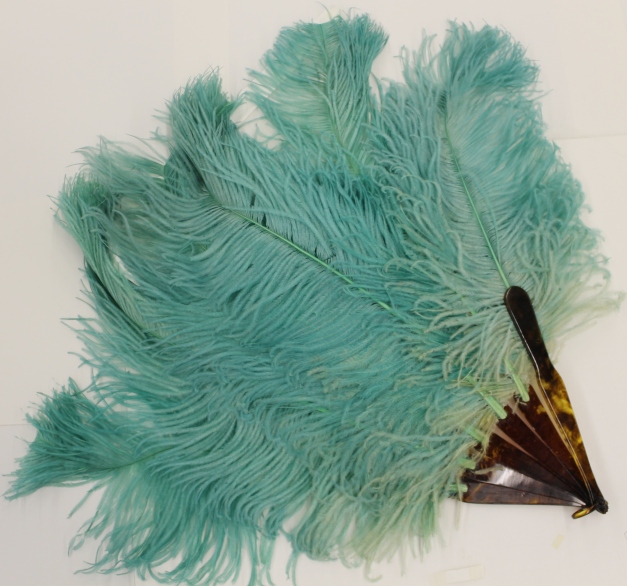By: Margaret Mills, Board Member, Costume Museum of Canada
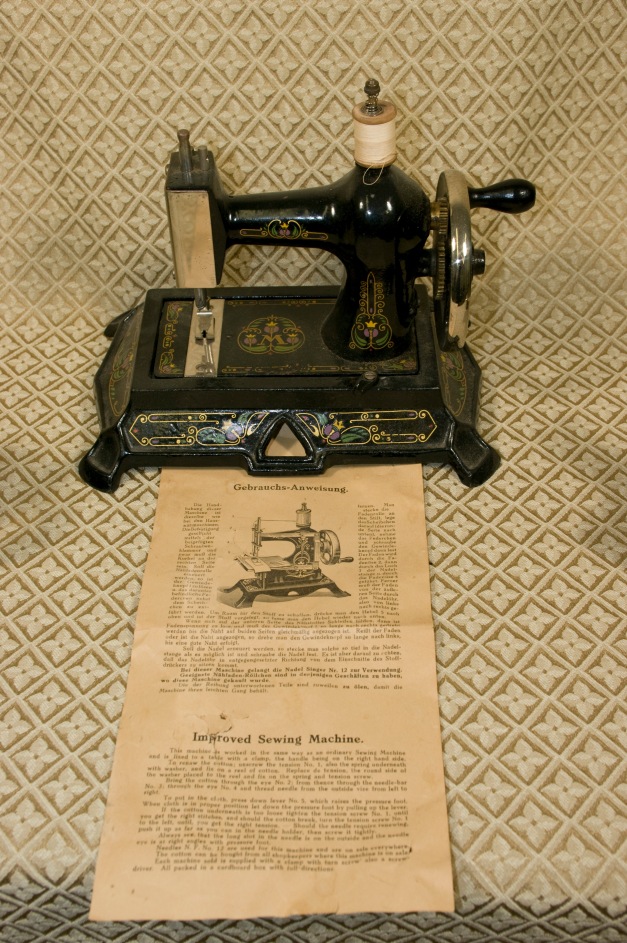 My Mother had a sewing machine when I was little, a long time ago.
My Mother had a sewing machine when I was little, a long time ago.
The machine ran by rocking your feet on a fancy metal plate, called a treadle, at the bottom.
My little brother liked anything mechanical, so he loved this machine, and when she was sewing and her feet rocked the treadle, he would get in her way, looking closely at the treadle, and the way it moved.
He liked the thin rubber belt that connected the treadle to the wheel on top and made the needle move in and out through the fabric.
Mum could fix a hole in the knee of my brother’s pants, or let down the hem of my skirt when I got too tall.
The best thing she could do with the machine was to make new pyjamas for us every Christmas, and at Halloween, she made wonderful costumes for us.
In grade 1, I won a prize at school for the best costume. I was a fairy princess all in pink!
One day, my Mother started to teach me how to sew on her machine. We were going to have a new baby at our house and Mum need lots of diapers made. I learned how to make long straight hems, so that the edges would be smooth.
Soon I was able to make other things, like nightgowns for the baby, and I even made an apron for myself!
I learned how to be careful not to let the machine run backwards, or it would break the thread. When that happened, I needed to thread the machine carefully through all the little special places all over again.
When I grew up, I got a sewing machine to make my own clothes, but it was much different. It was run by electricity and when my children watched me sew and make their costumes, there was no treadle to play on.
My own little girl learned to sew too, and now I patch the holes in my grandson’s pants!
Author Margaret Mills is the narrator of the Heritage Fashion Review.
While you are here, consider making a financial donation to the Costume Museum of Canada. The museum preserves one of the largest historical collections of apparel in Canada. Donate online at http://www.costumemuseumcanada.com/
